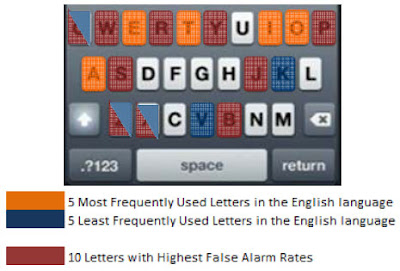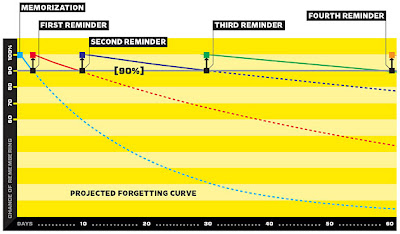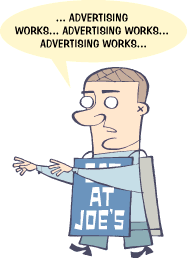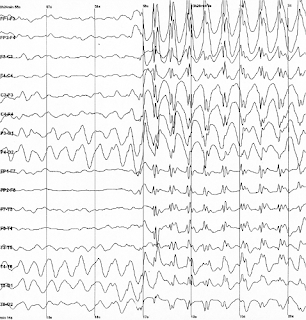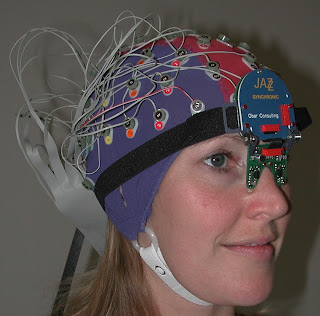Websites Morph To Users’ Cognitive Styles
Posted in: UncategorizedAnd we are back.
As you might know, I’ve been busy for the past two weeks moving to a new place, hence no internet, hence the lack of updates. I’m all set now, and we are back to our usual schedule. I’d never have to deal with so much customer service before in such concentration, and I have to thank all these people for taking most of the pain out of the process.
Excellent Moving truly lives up to its name. They sent me a huge truck and two guys who were running up and down the stairs with the furniture that can be barely lifted by a normal human. They were perfectly on time and on budget even though I had severely underestimated the number of boxes my possessions would fit in. If you need to move around Boston, you can’t go wrong with them.
I wonder if agents sitting on the front row of desks at a real estate office usually get more walk-in business, and I’m glad one of them did because he found just the place (if you know Cambridge, you know how old and run-down many apartments here are; I’d seen seven of those). Call Apartment Rental Experts on Porter and ask for Paul.
Moving utilities has been a breeze using NStar’s website. Comcast continues to provide great service even though they had to send a second technician to fix something that had been overlooked by the first one. It took two business days from the initial call for the internets to resume their smooth flow.
And of course, many thanks to AdLab readers for sticking around and nudging me to get back online:
“The crowd demands entertainment!
Толпа требует развлечений!
Gloata cere distractie!
众人需è¦å¨±ä¹”
To kick off our summer season, here’s an article from MIT Tech review about websites that recognize the cognitive style of visitors by the way they click around and adapt their interfaces accordingly:
“The researchers’ initial studies show that morphing a website to suit different types of visitors could increase the site’s sales by about 20 percent. While quite a few sites, such as Amazon.com, offer personalized features, many of those sites adapt by drawing information from user profiles, stored cookies, or long questionnaires. The Sloan system, however, adapts to unknown users within the first few clicks on the website by analyzing each user’s pattern of clicks.
In addition to guessing at each user’s cognitive style by analyzing that person’s pattern of clicks, the system would track data over time to see which versions of the website work most effectively for which cognitive styles.”

